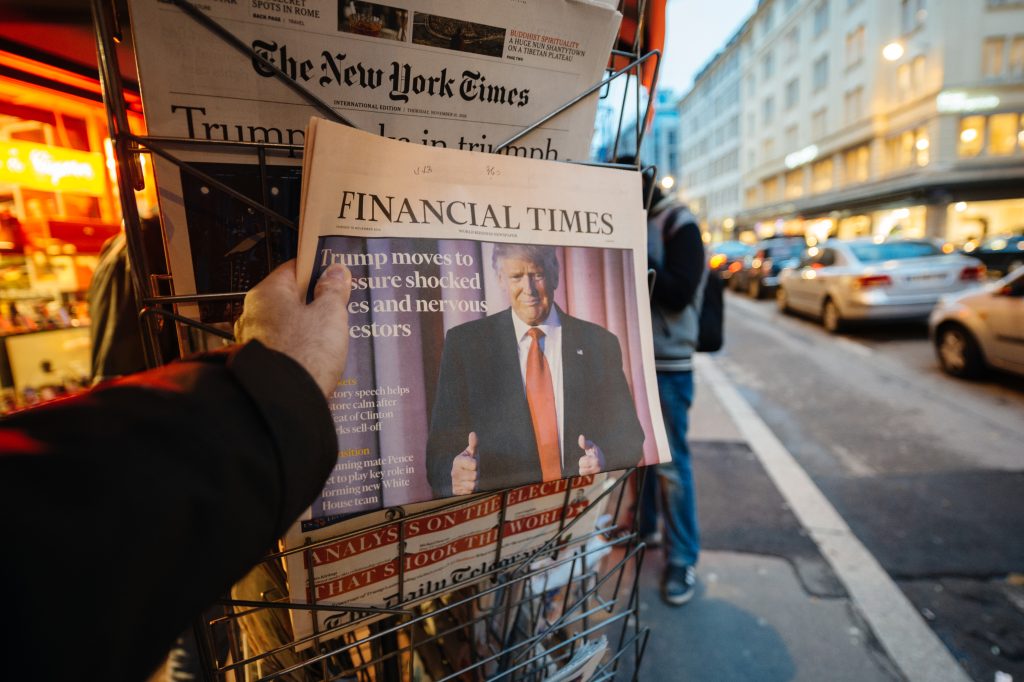Mortgage rates in 2024 have been nothing short of a financial rollercoaster. Beginning the year with a significant drop to a low of 6.08% in September, rates have since rebounded to 6.78% as of mid-November. While this rise may seem discouraging, the broader context paints a more nuanced picture.
Mortgage rates remain 1% lower than the same period last year, fuelling a noticeable increase in refinance activity. Moreover, despite challenging conditions, the housing market continues to demonstrate resilience.
Against this backdrop, speculation is growing about how the Trump administration’s economic policies might influence mortgage rates in the coming months. With a legacy of pro-growth strategies, the administration’s return to power has the potential to shape the housing landscape profoundly.
This addition emphasizes the recent positive trend of mortgage rate drops, providing a more balanced perspective.

Historically, the Trump administration has championed policies aimed at stimulating economic growth, including tax reform, deregulation, and reduced federal spending. If similar strategies are pursued, they could create an environment conducive to lowering mortgage rates. Here’s how such policies might unfold:
Deregulation and pro-business policies can enhance economic efficiency and productivity, which helps keep inflation in check. Lower inflation typically correlates with reduced yields on long-term bonds, including mortgage-backed securities, paving the way for lower mortgage rates.
Measures such as tax deductions for mortgage interest or first-time buyer credits could boost homeownership. These incentives may lead to increased demand in the housing market while encouraging lenders to offer more competitive rates.
If the administration aligns with the Federal Reserve to advocate for sustained rate cuts or accommodative monetary policies, mortgage rates could trend downward. Such a partnership could amplify affordability for prospective buyers, revitalising the housing sector.
While the potential for lower rates is compelling, it’s equally important to recognize potential roadblocks within the administration’s policy framework:
Ambitious infrastructure initiatives could escalate government borrowing, driving up Treasury yields. Since mortgage rates often track Treasury yields, this could lead to higher costs for borrowers.
Aggressive tax cuts without offsetting revenue measures could expand the federal deficit. Increased government debt tends to crowd out private borrowers, putting upward pressure on mortgage rates.
Policies that introduce market uncertainty—such as trade negotiations or abrupt shifts in fiscal direction—might lead to higher risk premiums for investors. This could indirectly push mortgage rates higher.
While the Trump administration’s policies set the tone for fiscal strategy, the Federal Reserve remains a critical player in determining mortgage rates. In November, the Fed reduced its benchmark interest rate by 25 basis points, following a larger 50-basis point cut in September. These moves have brought the federal funds rate to a range of 4.50% to 4.75%, marking a significant pivot from the highest rates seen in over two decades.
However, mortgage rates haven’t mirrored these cuts as closely as some might expect. Instead, they’ve been influenced by factors such as inflation expectations, investor sentiment, and the demand for mortgage-backed securities. Despite the Fed’s efforts, significant drops in mortgage rates remain elusive in the near term, though experts agree the long-term trend could lean downward as inflation stabilises.
For many aspiring homeowners, the prospect of lower mortgage rates raises an important question: Should they wait or buy now? Experts overwhelmingly caution against delaying homeownership based on rate speculation alone. Fred Bolstad, head of retail home lending at U.S. Bank, underscores the importance of financial readiness.
“If you’re in a position to afford the payments on a home you love, there’s no need to wait,” he advises. Bolstad’s sentiment reflects a core truth about the housing market—timing the perfect rate environment is often less important than finding a property that aligns with your goals and budget.
For current homeowners, the 1% drop in rates compared to last year has unlocked opportunities for refinancing. Locking in a lower rate now can lead to significant savings on monthly payments and over the life of the loan. With rates potentially poised to rise further, acting swiftly may be the most prudent course of action.
Looking forward, the Federal Reserve’s December 17–18 meeting will provide critical insights into the trajectory of monetary policy. Many analysts expect another 25-basis point rate cut, coupled with updated economic projections.
Additionally, the Trump administration’s potential policies around housing affordability, inflation, and employment will likely shape the broader market landscape.
While the long-term outlook suggests gradual improvements in affordability, significant rate drops may remain elusive in the short term. Buyers and investors should stay attuned to policy developments and market trends, leveraging expert advice to navigate these dynamics effectively.
The Trump administration’s historical focus on growth and deregulation could create favorable conditions for mortgage rates to decline. However, the extent of this impact will hinge on the administration’s ability to balance economic expansion with fiscal discipline. Key challenges, including potential deficit growth and market volatility, may counteract efforts to lower rates.
In conclusion, while mortgage rates may not plummet overnight, the long-term trajectory appears positive. Whether you’re considering buying, refinancing, or simply monitoring the market, understanding the interplay between fiscal policies and economic conditions will empower you to make confident decisions in this evolving landscape.
Contact Us for a Free Consultation – https://system2thinking.org/contact/